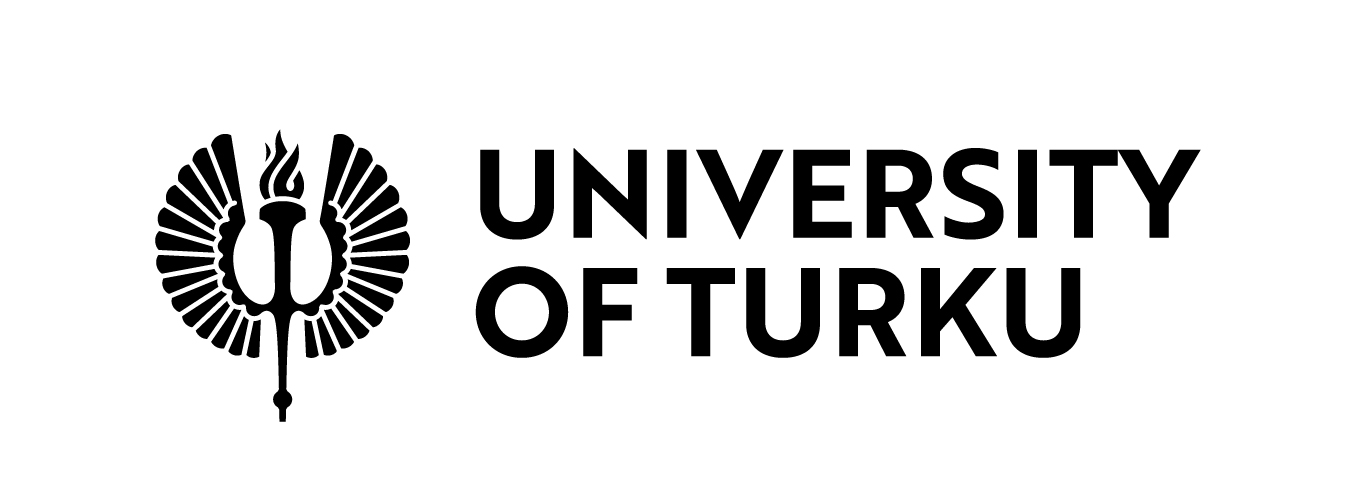Following fields are empty!
Nuclear Engineering International
Nuclear Engineering and Design
Nuclear Engineering and Design covers the wide range of disciplines involved in the engineering, design, safety and construction of nuclear fission reactors. The Editors welcome papers both on applied and innovative aspects and developments in nuclear science and technology.Fundamentals of Reactor Design include:• Thermal-Hydraulics and Core Physics• Safety Analysis, Risk Assessment (PSA)• Structural and Mechanical Engineering• Materials Science• Fuel Behavior and Design• Structural Plant Design• Engineering of Reactor Components• ExperimentsAspects beyond fundamentals of Reactor Design covered:• Accident Mitigation Measures• Reactor Control Systems• Licensing Issues• Safeguard Engineering• Economy of Plants• Reprocessing / Waste Disposal• Applications of Nuclear Energy• Maintenance• DecommissioningPapers on new reactor ideas and developments (Generation IV reactors) such as inherently safe modular HTRs, High Performance LWRs/HWRs and LMFBs/GFR will be considered; Actinide Burners, Accelerator Driven Systems, Energy Amplifiers and other special designs of power and research reactors and their applications are also encouraged.
Nuclear Plant Journal
Nuclear Technology & Radiation Protection is an international scientific journal covering the wide range of disciplines involved in nuclear science and technology as well as in the field of radiation protection. The journal is open for scientific papers, short papers, review articles, and technical papers dealing with nuclear power, research reactors, accelerators, nuclear materials, waste management, radiation measurements, and environmental problems. However, basic reactor physics and design, particle and radiation transport theory, and development of numerical methods and codes will also be important aspects of the editorial policy.Nuclear Technology & Radiation Protection is an open access journal included in ISI Web of Knowledge - Web of Science, Science citation index expanded - SCI, and Journal Citation Reports/Science Edition. The journal is available for full download at National Library of Serbia - doiSerbia, Directory of open access journals - DOAJ, and Portal of open access e-journals - Open J-Gate.
Nuclear and Radiation Safety
Nukleonika: The Journal of Instytut Chemii i Techniki Jadrowej
The project on independent on-line library of Blackhorse Scientific Publishers has been intorduced as early as in 1999 when Blackhorse became an independent publishing house. During previous Springer time, several efforts was made to create the up-to-date scalable and relayable database. However, on that time no such similar on-line library existed in Poland. So, the new venture to offer the full text database containing all manuscripts published at Blackhorse\'s journals started in June 1999. Just amonths thereafter, Blackhorse became a registrant of The Digital Object Identifier Foundadtion, Inc. (Washington, DC) and started to collect the manuscripts accordant to the DOI standards. The special numbering system providing and assuring the full control over several manuscripts and unifing them was developed and introduced into the standarized company's workflow.
Numerical Heat Transfer, Part B Fundamentals
Published monthly, this journal addresses all aspects of the methodology for the numerical solution of problems in heat and mass transfer as well as fluid flow. The journal's scope also encompasses modeling of complex physical phenomena that serves as a foundation for attaining numerical solutions, and includes numerical or experimental results that support methodology development. Publication office: Taylor & Francis, Inc., 325 Chestnut Street, Suite 800, Philadelphia, PA 19106.
O Papel (Brazil)
Oase
Ocean Engineering
Ocean Engineering provides a medium for the publication of original research and development work in this field.Some of the areas covered in Ocean Engineering include: Offshore Engineering; Naval Architecture; Marine Structural Mechanics; Safety and Reliability; Materials; Pipelines and Risers; Polar and Arctic Engineering; Computational Fluid Dynamics and Vortex Induced Vibrations; Port and Waterfront Design and Engineering; Linear and Nonlinear Wave Mechanics; Hydrodynamics; Fluid-Structure Interaction; Cable, Mooring, Buoy Technology; Underwater Technology; Geotechnology; Foundation Engineering; Ocean Mining; Coastal Engineering; Marine Renewable Energy; Aquacultural Engineering; Instrumentation, and Full-Scale measurements; Model Tests; Satellite Observations; Marine Environmental Engineering; Stochastic Processes; Hydroelasticity, Subsea Engineering; Fluid Mechanics; Ocean Acoustics, Oceanographical Engineering; Computational Methods/Numerical Analysis; Shore Protection; beach nourishment; sediment transport; Risk and Limit State Design and Assessment; Ship Manoeuvring; Buoyancy and Stability (static and dynamic); Seakeeping and Control Systems; and Ship Resistance and Propulsion.In recognition of the fact that many research and development workers are now entering the area, occasional review articles by leading authorities are also published.Related conferences:Related conferences are listed under 'Related websites'.
Ocean Systems Engineering
• gradients of properties (salinity, red-ox, temperature, light field, others),
• phases boundaries both abiotic and biotic/abiotic (aqueous/solid, aqueous/gaseous, biotic/solid and biotic/aqueous),
• marine-land boundary.
We also encourage the submission of manuscripts dealing with multidisciplinary approaches to the investigated phenomena, as well as those devoted to manifestations of contemporary global issues e.g. climate warming and other global change-related phenomena, and/or describing possible and actual adaptations to threats brought by these changes. Preference will be given to manuscripts covering innovative research of global significance over those devoted to strictly local issues, and to papers contributing to the marine ecosystem functioning over strictly descriptive ones.
The issues 53(2011)8211;56(2014) were digitalized thanks to the financial support of the project Index Plus of the Polish Ministry of Science and Higher Education.
All issues of the journal
For any questions please contact
Ochrona Srodowiska
Oil Gas European Magazine
The journal covers disciplines and fields related to oil and gas prospecting, production, processing and utilization as well as that of other energy sources. The articles are either based on the scientific and technical activities of the French Petroleum Institute (IFP) or written by engineers, scientists and technicians from around the world.

